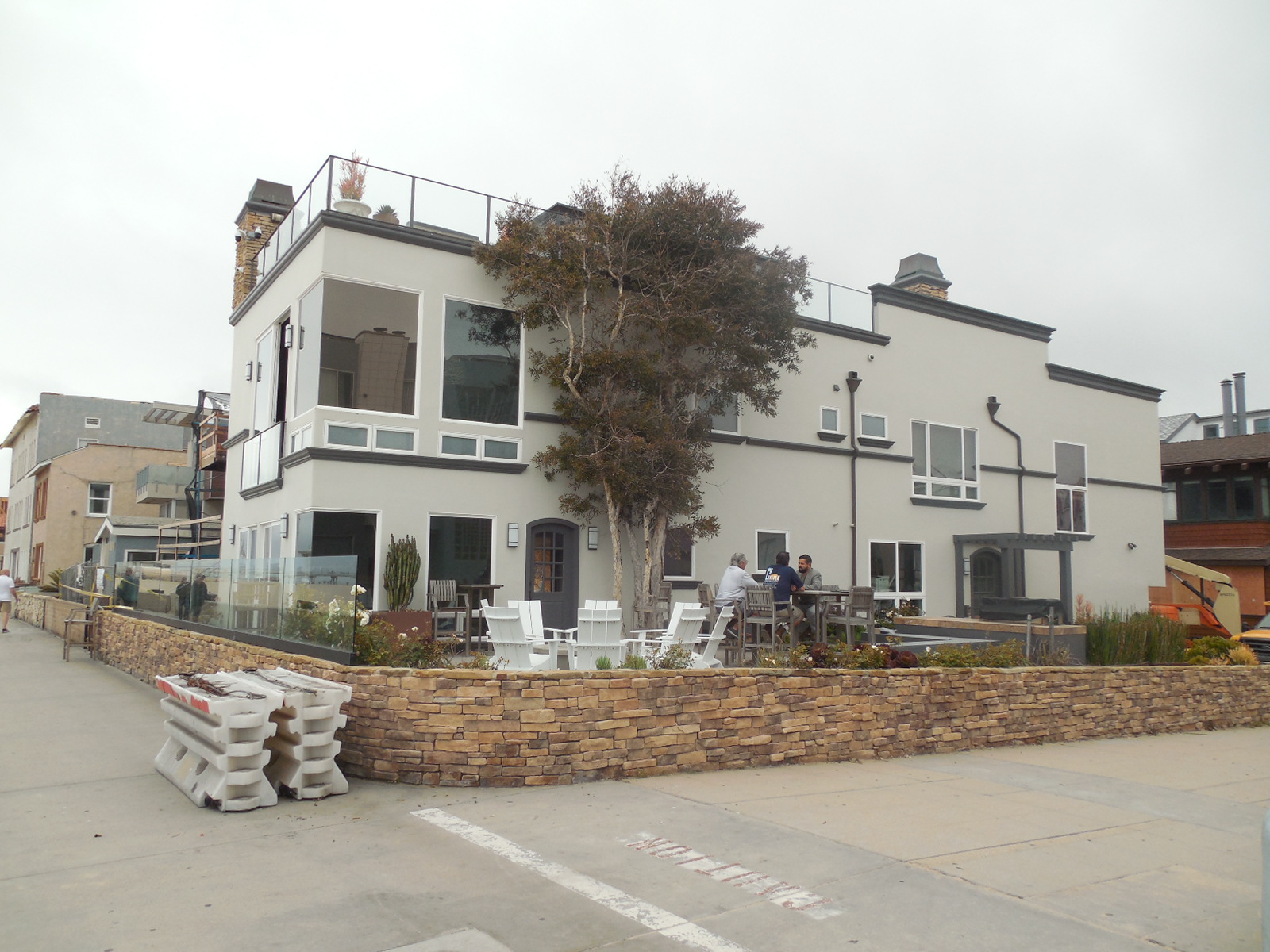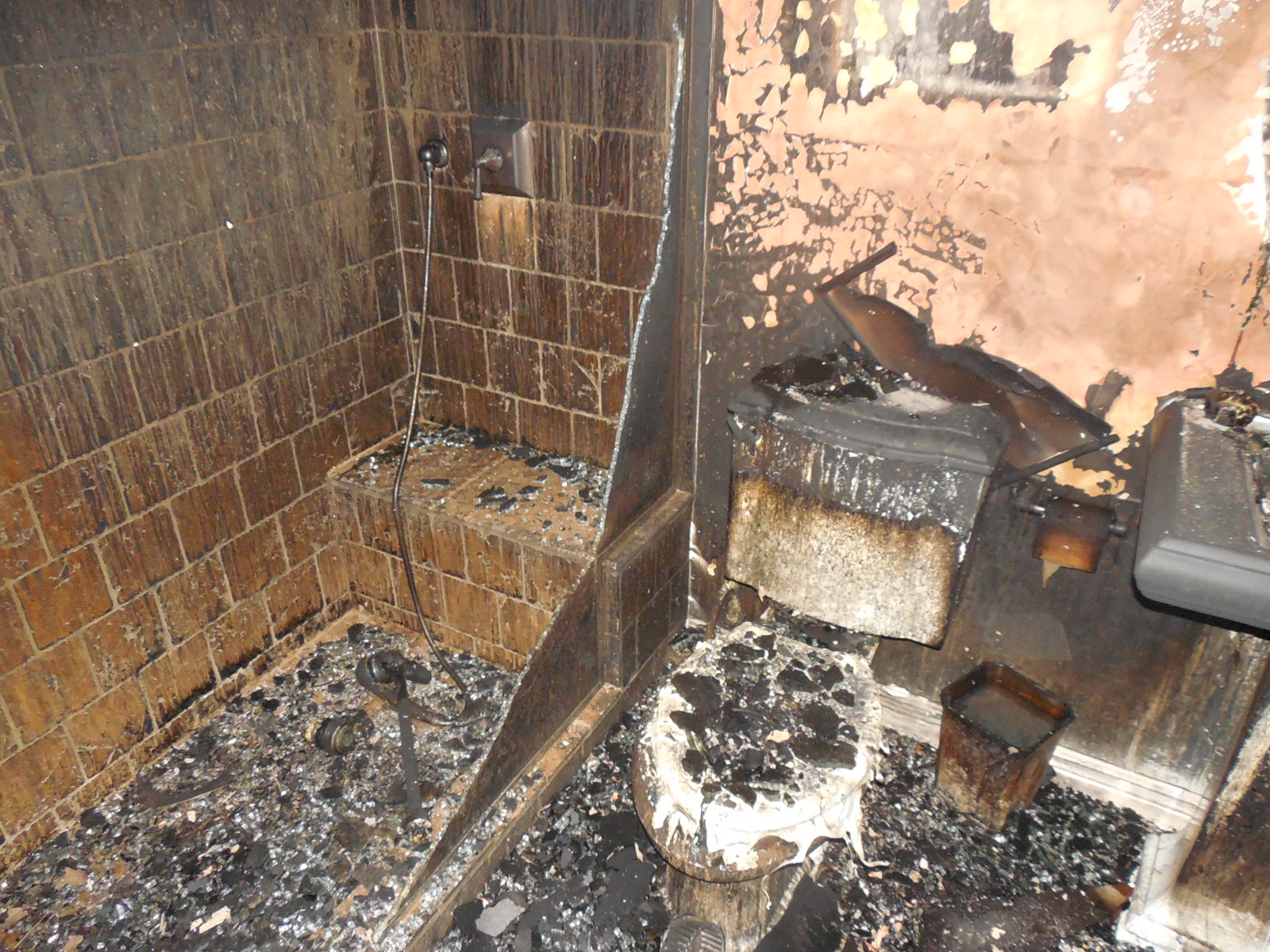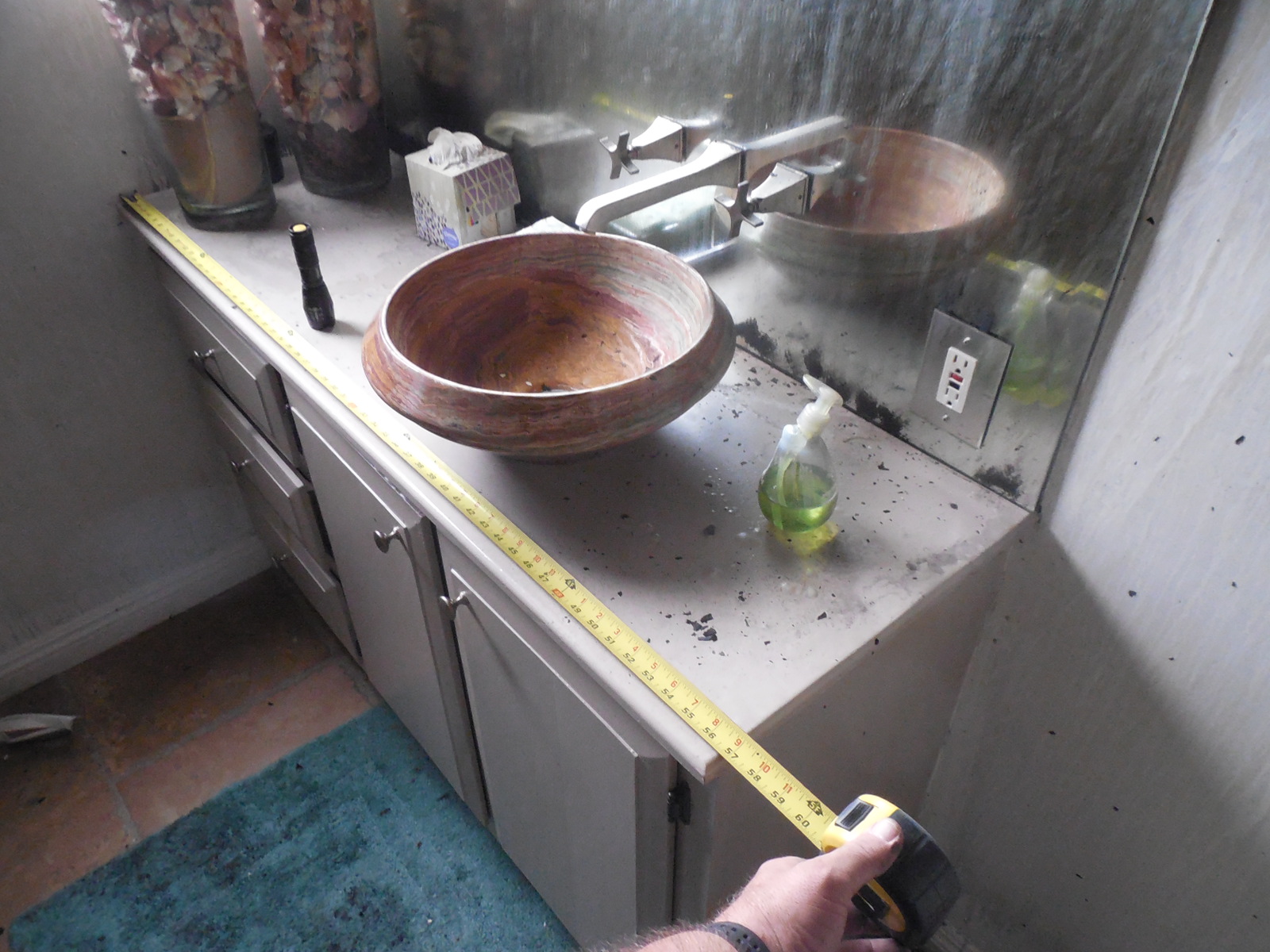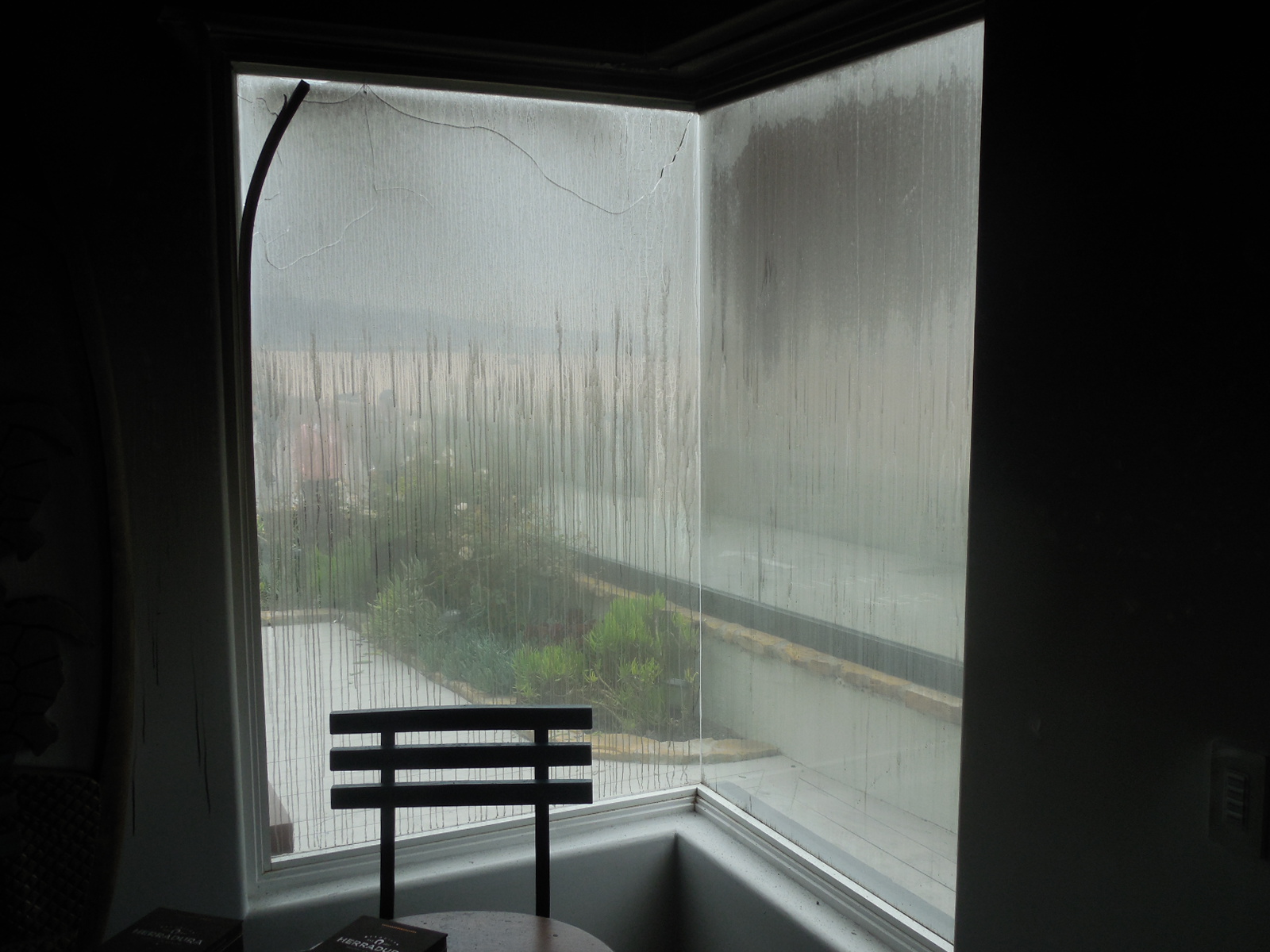By Kevin Lahey and Dan Turpin | Published December 14, 2022
As originally published in C&R Magazine
This 3,900 square-foot, single-family beachfront home in Southern California — with a glass railing and an observation/party deck — suffered extensive fire damage when a homeless person set fire to the adjacent residence under construction. Intense heat, soot and ash-related damage necessitated a complete interior gut down to the studs.

When it comes to estimating damages incurred in a fire loss, multiple complexities and nuances must be considered. From structural mitigation and materials to costs of systems and a timeline for the renovation. Estimating a high net worth fire loss reconstruction takes experience, skill, and resources. Tools like estimating software can be key in accurately conveying scope and cost.

While a fire can be devastating, the materials involved and location of the damaged structure can lead to further complications. Here are several considerations involved in this project.
- Environmental Protection Agency (EPA) concerns. Any damage or construction can impact environmentally-protected areas. In our example, debris runoff from the property could make its way into the ocean via storm drains or direct runoff to the sand and lead to problems identified by the EPA and coastal agencies. These potentials must be heavily considered in the immediate action plan.
- Hazardous materials testing. Building codes and ordinances are continually evolving, which is why testing for hazardous materials is an important part of the rebuilding process. For example, asbestos was a common building material until the EPA’s Toxic Substances Control Act partially banned it.1 Even though asbestos has been banned since the mid ’70s, many buildings constructed after the ban date have asbestos materials present, since it took many years for the stockpiled asbestos-containing materials to be exhausted.
- Security measures. Due to the high foot traffic area and the uptick in homeless encampments in the municipality, implementation of a security system on the property, security guards during non-construction hours, and 6-foot-high perimeter fencing are all effective measures to reduce the chance of additional damages.
- Restoration vs. demolition. Due to heavy soot and heat damage, the question on this project became whether to treat and preserve the existing building components or replace them. Restoration and off-site storage are additional cost considerations for materials being reused. Another concern with restoring portions of any materials is maintaining uniformity across the space.
- Destructive testing. An engineer may be called in to verify the integrity of a structure. This involves cutting into the walls and some floor areas to expose the framing and obtain visual verification as to soundness of the structure beneath. This process, known as destructive testing, can help determine if the structure of a building is safe or whether partial or total demolition is required. At first glance, a building may look like a total loss, but in this case, a consulting engineer determined that the integrity of the structure was sound and didn’t require a full demolition. To eliminate any disagreements regarding the engineer’s decision, the owner’s contractor was directly involved in the cutting and inspection process.
- Smoke seal vs. replacement. After the structural engineering survey was completed, framing materials were deemed to be sound, so estimating allowances were made for materials to be cleaned, prepped, and encapsulated with smoke sealant.
Square Footage Takeoff
RMC Group uses the latest technologies to assist with the inspection process. These technologies help identify material and labor cost but cannot be used as a replacement for researching local and regional pricing for any given structure, especially today with material pricing fluctuating dramatically, and a shortage of qualified contractors who can complete a complex project like the one in our case study. High net worth projects compound the research requirements.
To calculate the surface areas and to accurately quantify the building materials of the beach house, we used Xactimate sketch modeling within the software platform to lay out and estimate specific areas and quantities. Along with critical field quantity surveys, these quantities are later compared to the contractor and sub-contractor quantities proposed. Discrepancies are addressed and adjusted to narrow the scope as much as possible.
Close calculation of existing materials and equipment played a key role in estimating the smart home entertainment system in the beach house, where the owner received a replacement bid for the damaged componentry. Were there upgrades in this figure? To find out, we compared the original invoice obtained from the original vendor to the current bid for the theatre. This process identified a cost differential of approximately $155,000 within two short years since installation. Concessions were made on both sides to recommend a fair and reasonable amount. See the example below.
Home Theatre 9/12/2018
| Description | Original Invoice 9/2017 | Bid | Difference |
| Crestron Lighting System | $13,230.00 | $42,365.00 | ($29,135.00) |
| Speakers & Install | $10,056.00 | $18,930.00 | (8,874.00) |
| House Audio | $5,739.00 | $12,365.00 | ($6,626.00) |
| Video Distr & Control | $10,680.00 | $38,366.00 | ($27,686.00) |
| Networking & Wifi | $4,156.00 | $12,566.00 | ($8,410.00) |
| Cameras & NVR | $2,130.00 | $6,852.00 | ($4,722.00) |
| Network Doorbell | $2,185.00 | $18,415.00 | ($16,239.00) |
| Crestron Automated Shades | $24,913.00 | $65,932.00 | ($41,019.00) |
| Job Additionals | $2908.00 | $0.00 | $2908.00 |
| Additional Manual Shade at Entry | $725.00 | $0.00 | $725.00 |
| Pre-Wire | $0.00 | $16,230.00 | ($16,230.00) |
| TOTAL | $76,722.00 | $232,021.00 | ($155,299.00) |
Replace vs. Restore
Determining if it’s economically feasible to restore an item rather than replace it is a major aspect of assessing fire-related damage.
Using this custom bathroom sink as an example, the adjuster or expert must determine if this item can be cleaned and restored economically (cleaning, storage, install, possible breakage or theft). All of these items must be considered in order to make the best decision.

In the sink example, it was determined that replacement was the best option. Because the soot was so heavy and produced a very acrid odor and greasy residue, the naturally porous sink material held a high likelihood of retaining the smoke odors. This process continues throughout the scoping of damage with high value materials and components. Some components and assemblies definitely ARE worth saving, restoring, and reinstalling.
Establishing an accurate Rough Order of Magnitude (ROM)
A ROM in restoration or reconstruction is used to identify the categories and the corresponding dollar values for a certain phase or an entire project. ROMs are normally calculated within the first few days of going onsite and serve as an initial budgeting tool for damages until more accurate estimates can be produced.
With a ROM, the entire building team knows what to expect. The goal is to get this ROM number within 10% to 15% of the actual cost through extensive experience and cost verifications. This project’s final cost landed within that range.
ROM is calculated by determining and evaluating the following:
- Access considerations.
- Regulatory concerns.
- Environmental considerations.
- Soft costs, such as drawings and permitting.
- Temporary repairs and services such as runoff containment, temp power, and erosion control.
- General construction scope and cost of required trades.
- Long lead items such as windows, cabinets, and other specialties.
- Pricing through multiple data sources.
- Identification of potential demand surge or inflationary projections.
Building Material Cost Concerns
Another consideration in creating an estimate is calculating the costs of any custom architecture or artisan work used throughout the home or building.
When identifying custom materials, including wood versus plaster molding, imported versus domestic flooring, custom patterns or fixtures, it’s best to interview the property owner first. Generally, they have the most knowledge of the source and age, especially if they were involved in prior renovations.
Restoring and/or replacing these can significantly add to the costs and timeline of a project. In this case, there were unique features: a set of 90-degree, mitered corner windows without structural column visual impairment, which allowed for an unobstructed view of the Pacific Ocean; glass handrails and a full outdoor kitchen and fireplace at the observation/party deck; items like light fixtures made from a surfboard, two high-end interior kitchens, a steam/sauna shower, and a very high-tech smart home and entertainment package. Research of custom materials needs to be done quickly, due to possible long lead times along with the availability of qualified vendors, and their payment schedules.

Developing a Period of Restoration (POR)
Developing a POR that takes into account the unique elements of a project is just as critical as calculating the correct ROM or repair estimate. A critical path schedule can help keep a project on track and alleviate significant costs to the insurer and insured, especially if the owners are forced to live or work elsewhere.
Producing a schedule and bringing everyone to the same table allows necessary adjustments to be made during reconstruction. For example, the contractor can inform the team that the floor heating system is backordered. This becomes part of the critical path, allowing the rest of the team to do everything up to and around that piece to maximize the building schedule.
In addition to establishing a critical path schedule, the following issues factor into estimating a POR:
- Plans and permitting.
- Long lead items (custom materials, HVAC, drawings).
- Availability of skilled labor / labor pool or artisan level craftsman.
- Start date.
- Weather concerns depending on season.
- Isolating owner influenced upgrades or changes which change the completion date.
Repair Cost Estimate – All the elements mentioned above lead to an accurate repair cost estimate. Mutually interested parties attempt to reach an agreement on as many or all factors possible. A record of said agreements or concurrences are made and recommendations offered.
To recap, these are the main priorities of High Net-Worth Estimating
- Thorough damage assessment and scoping.
- Quantity surveys and accurate takeoffs.
- Restore or replace determinations.
- Rough Order of Magnitude calculations.
- Period of repairs.
- Repair cost estimates.
Need expert insight on a fire loss? Contact RMC Group today.
This information is intended for informational purposes only. Each restoration project has unique properties and must be evaluated individually by knowledgeable consultants. Additionally, cutting samples of roof assemblies should be performed by qualified professionals and in some instances approved by the roofing manufacturer. RMC Group is not liable for any loss or damage arising out of or in connection with the use of this information.
Source:
1EPA “EPA Actions to Protect the Public from Exposure to Asbestos,” April 2022.
